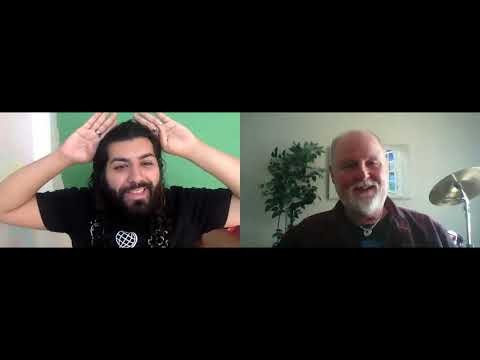Whether we’re traveling abroad or navigating everyday life, our journeys will always contain challenges and trials.
While traveling, our flight might become delayed, we could get lost in an unfamiliar city, or perhaps we struggle communicating in a foreign language. Obstacles in our everyday lives might look like troubles at work, conflict in relationships, health issues, or even the prison of acedia or apathy. Such obstacles can often feel like Sisyphean tasks—a phrase alluding to the Greek myth of Sisyphus and his continuous attempts to push a boulder up a hill only to watch it roll down again, referencing a challenge that seems impossible to overcome.
In travel and in life, such circumstances are unavoidable. Challenges happen to all of us, and it’s unlikely that we will have a trip or a life that is truly trial-free. Unlike Sisyphus, however, we don’t simply have to watch them happen, becoming enslaved to their existence. With the perspective of the pilgrim, such trials on the path can instead become opportunities for growth.
This is the value of the practice of pilgrimage—whether highlighting spiritual journeys abroad or serving as an archetype for our journeys in everyday life. The pilgrim, after all, is a sojourner, which is defined as “a person who resides temporarily in a place.” The pilgrim knows that both travel and life are liminal experiences, always placing us on the path between one reality and the next.
This also means that the pilgrim is always crossing borders, journeying into foreign territory, whether it be literal or metaphorical. The Old French word for pilgrim—peregrine—means foreigner, and is akin to the root word for the Latin term peregrinatio, or wandering for the love of God. Both a foreigner and a wanderer, the pilgrim knows, then, that the path will contain challenges and trials. What makes the pilgrim perspective unique is how they choose to engage them.
Just as the pilgrim’s journey includes the crossing of borders, we, too, have boundaries of experience. And, without fail, obstacles and trials will push us to our edges. These edges can feel like a cliff—a precipice beyond which exists only darkness and uncertainty, two things our fearful selves are eager to avoid.
The pilgrim, however, has a different perspective. They do not deny the existence of the edge—after all, to deny our challenges and trials is to ignore our experience, and there is no authenticity there. They do, however, reframe the edge. Because they are familiar with border crossings and foreign lands, they know that something more exists beyond. They know, too, that growth can only happen when we journey beyond our borders into unfamiliar territory. This also means that transformation—the very thing that the pilgrim seeks—can only happen by journeying to the edge.
Rather than viewing challenges and trials as obstacles along the path, then, the pilgrim views them as “growth edges”—opportunities for growth and transformation. This does not diminish the challenges and trials experienced along the way. In fact, the pilgrim’s experience is quite the opposite, as journeying to the edge and committing to fully engage our trials and challenges is like coming into contact with a dragon. This is the height of tales of old. However, such legends tell us that the dragon must be faced for the battle to be won and the treasure collected. As mythologist Joseph Campbell famously said, “The cave you fear to enter holds the treasure you seek.” So it is, too, with the practice of pilgrimage and the journeys of our everyday lives.
You, too, can adopt the perspective of the pilgrim, courageously journeying to your edges and engaging the obstacles and trials that arise along the path as opportunities for growth, trusting that such engagement can lead to the treasure of transformation. Here’s how:
1. determine your obstacles
Name the challenges or trials that you are currently facing. These shouldn’t be hard to locate—feelings of fear, uncertainty, or dread (anything that screams, “I’m at my border and am about to enter foreign territory!”) will lead you straight to the edge.
2. shift your perspective
Recognizing the edge, reframe your experience by renaming the challenge as a “growth edge.” How does this shift in perspective alter your experience and make room for new possibilities and opportunities for engagement?
3. embrace the edges
Seek to approach your challenges and trials from this pilgrim perspective, trusting that engaging your edges in such a way can lead to transformation and growth.
Like this post?
Sign up below to receive updates on offerings, products, and free resources so you don’t miss a thing! You’ll also receive an instant download of the Principles Rule of Life, including seven guideposts and practices for living and traveling like a pilgrim.







